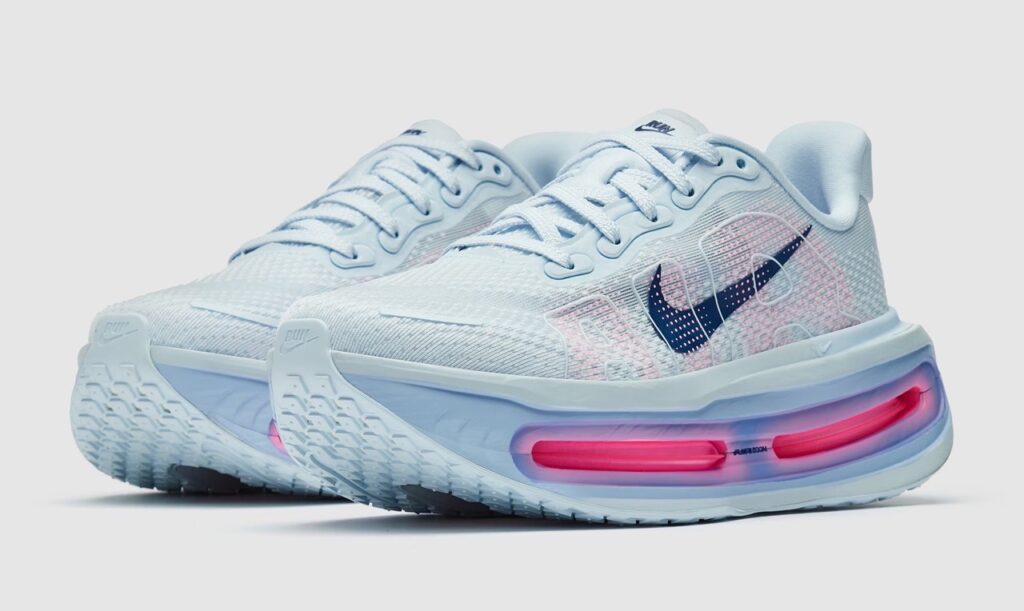
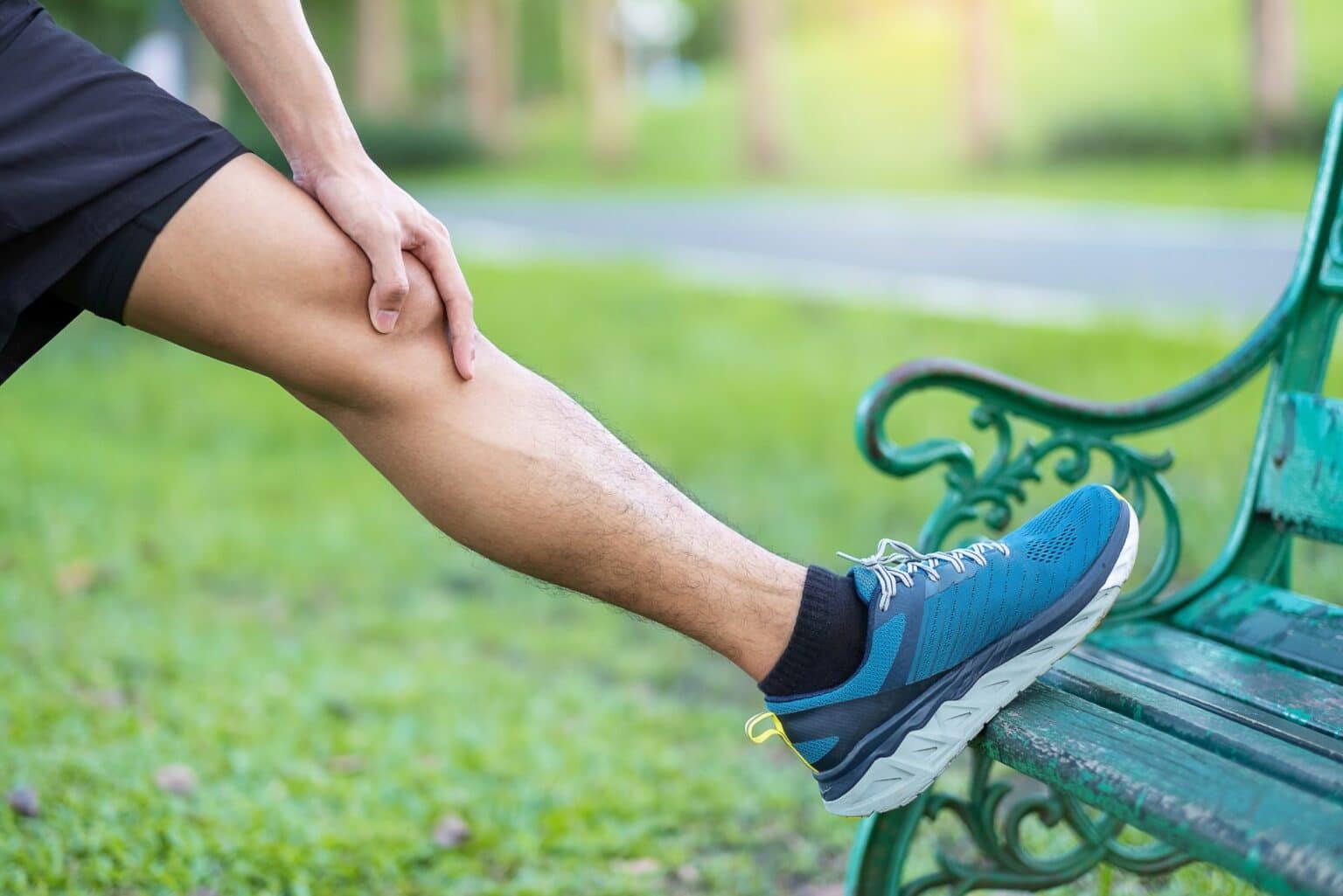
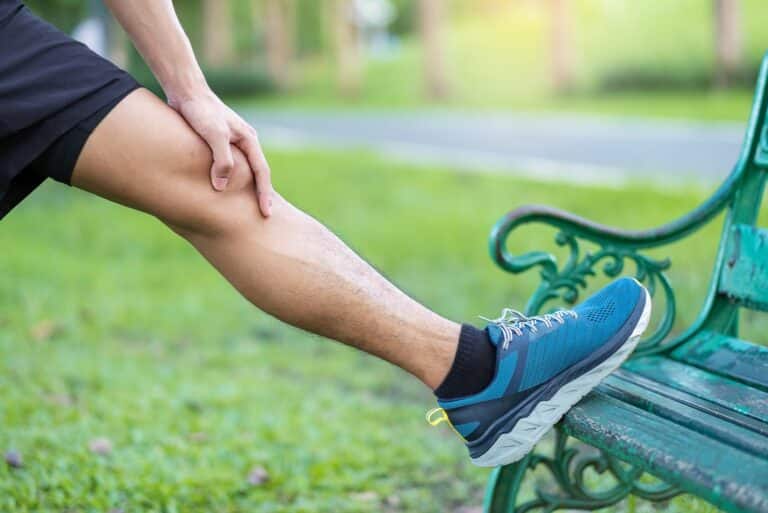
Running is a popular form of exercise that helps to improve cardiovascular health, strengthen muscles and maintain healthy body weight. However, it is common for runners to experience sore muscles in their legs after running. This can be due to various factors and may vary from person to person.
In this article, we will discuss the causes of sore legs after running, ways to prevent it and effective treatment options.
Yes, it is normal to experience sore legs after running, especially if you are new to running or have increased the intensity or duration of runs in your running routine. This soreness is known as delayed onset muscle soreness (DOMS) and usually occurs 24-48 hours after exercise. DOMS is a result of small tears in the muscle fibres caused by repetitive contractions during running.
Here are some common causes of sore legs after running:
Soreness in the legs after running can manifest in different ways, and it is important to pay attention to your body and understand the type of pain you are experiencing. Here are common aches and pains that runners may experience:
Plantar fasciitis is a common injury among runners and occurs when the thick band of tissue that runs along the bottom of your foot becomes inflamed. Symptoms may include pain in the heel or arch of the foot, especially in the morning.
Muscle strains occur when a muscle or tendon is stretched too far and tears. This can happen during running, especially if you overexert yourself or do not warm up properly.
Shin splints are characterised by pain along the shin bone (tibia) that occurs during or after running. Shin splints are often caused by repetitive stress on the legs and can be prevented by gradually increasing running intensity and wearing proper footwear.
The iliotibial (IT) band is a thick band of tissue that runs along the outside of the thigh. When this band becomes tight or inflamed, it can cause pain on the outer side of the knee during running.
Runner’s knee, also known as patellofemoral pain syndrome, this condition is characterised by pain behind or around the kneecap. It can be caused by overuse, muscle imbalances, or poor knee alignment during running.
Stress fractures are small cracks in the bone that can occur from repetitive impacts, such as running. Medial tibial stress syndrome often causes leg pain and tenderness in a specific area and may require rest and proper treatment for healing.
There are various types of common running injuries that can cause leg pain, and understanding the symptoms can help determine the best course of treatment. Here are some common types of injuries and their symptoms:
These are sudden, severe injuries where pain occurs during or immediately after running. Symptoms may include sharp pain, swelling, and inability to put weight on the affected leg.
These are long-term injuries that develop over time due to repetitive stress on the body. Symptoms may include persistent dull pain, stiffness, and difficulty moving the affected area.
While some muscle soreness is expected after running, there are ways to prevent excessive pain or a more serious injury. Here are some tips to help prevent sore legs after running:
Stretch before and after your runs to warm up the muscles, loosen tight muscles, and improve flexibility.
Avoid overexerting yourself and muscle strain by gradually increasing your speed, distance, or incline during runs.
Pay attention to any pain or discomfort during your runs and adjust accordingly. If something feels off, take a break or seek medical attention.
Allow your body time to rest and recover between runs to prevent overuse injuries.
Wearing supportive shoes and comfortable clothing can help prevent injuries and improve performance.
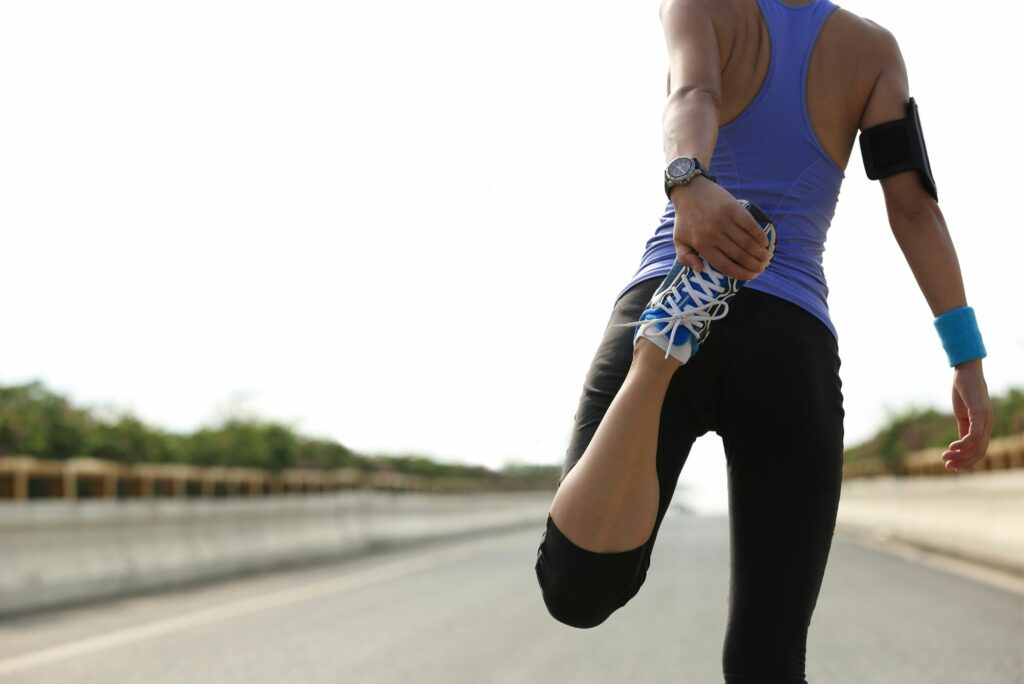
If you experience sore legs after running, various treatment options can help alleviate pain and promote healing. These may include:
Taking a break from running or reducing the intensity of your workouts can provide your muscles with crucial time to recover and repair. This recovery period is essential for muscle growth and overall performance improvement. By allowing your body the chance to rest and recuperate, you can prevent overuse injuries and progress more effectively in your fitness journey.
Applying a cold pack or ice wrapped in a cloth to the affected area can aid in reducing inflammation and alleviating pain. This simple remedy is commonly recommended for minor injuries or muscle strains.
Gentle stretching plays a crucial role in enhancing flexibility by lengthening the muscles and reducing stiffness. It also helps in decreasing muscle tension, thereby improving overall mobility. On the other hand, massage therapy not only boosts blood circulation but also facilitates faster recovery by relieving muscle soreness and promoting relaxation.
A massage gun can serve as a valuable tool for pinpointing particular areas of soreness and facilitating muscle recovery effectively. By applying localized pressure and percussive therapy, it aids in alleviating tension and enhancing blood circulation, ultimately supporting the body’s natural healing processes. Its versatility makes it a popular choice among athletes, fitness enthusiasts, and individuals seeking targeted relief for muscle tightness or discomfort after physical activity.
Nonsteroidal anti-inflammatory drugs (NSAIDs), such as ibuprofen or acetaminophen, are commonly used to alleviate pain and reduce inflammation. These medications work by inhibiting the production of prostaglandins, which are chemicals in the body that promote pain, fever, and inflammation. By targeting these pathways, NSAIDs can provide relief for various conditions, ranging from minor aches to more severe inflammatory disorders.
In instances of more severe conditions, a skilled physical therapist might recommend tailored exercises aimed at facilitating recovery and reducing the likelihood of recurring injuries.
If the pain persists or becomes severe, it is important to consult a doctor for proper diagnosis and treatment. They may recommend imaging tests or other therapies, such as corticosteroid injections.
It is normal to experience some level of discomfort or muscle soreness after running, especially if you are new to the activity or have increased your intensity. However, it is important to pay attention to the type and severity of pain you are experiencing.
Normal discomfort from running and rigorous training may include general muscle soreness that improves with rest and stretching. It should not be accompanied by sharp or shooting pain, and should not affect your daily activities.
On the other hand, a running injury may cause persistent pain that does not improve with rest, swelling, difficulty moving the affected area, and impact your daily activities.
If you suspect you have a running injury, it is best to seek medical advice for proper diagnosis and treatment. Remember to always listen to your body and adjust your training accordingly to prevent and address any potential injuries.
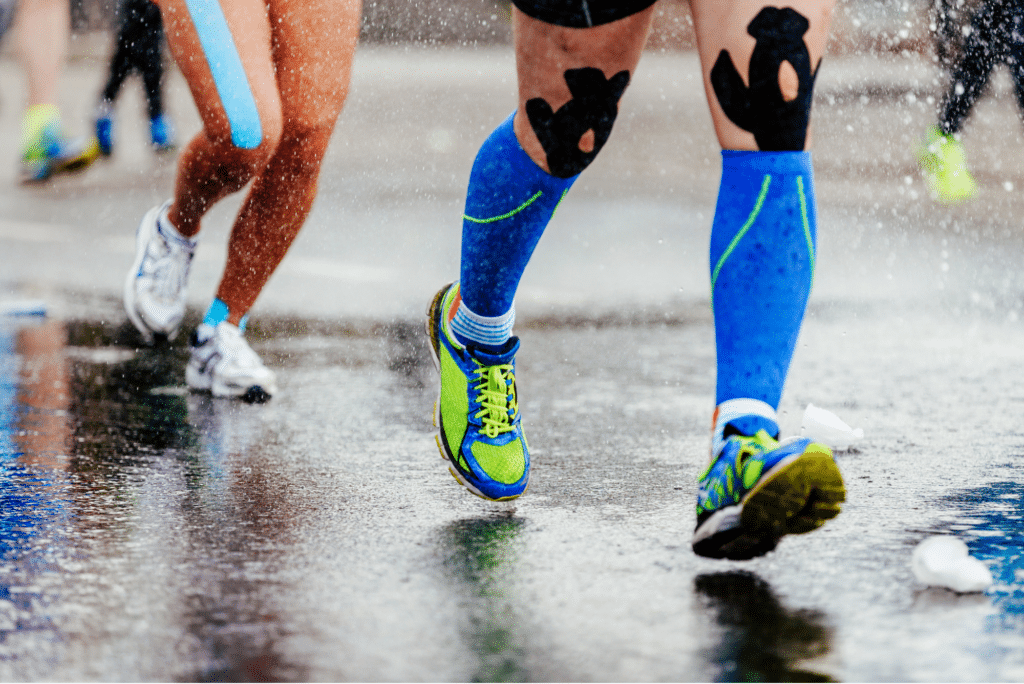
It depends on the severity of your sore legs and the type of pain you are experiencing. If the discomfort is mild and does not affect your daily activities, it may be safe to continue running at a reduced intensity or distance. However, if you have sharp or persistent pain, it is recommended to rest and consult a medical professional before continuing your runs.
Ignoring pain and pushing through a potential injury can result in further damage and prolong recovery time. Always prioritise your health and well-being over pushing yourself too hard.
Proper warm-up, stretching, rest days, and listening to your body can help prevent sore legs after running.
Sore legs after running are a common occurrence, but paying attention to the causes and symptoms can help prevent excessive pain or injury. Remember to listen to your body, properly warm up and cool down, and invest in suitable gear to support your runs. And, when in doubt, seek medical advice for proper diagnosis and treatment.
In addition to the tips mentioned above, incorporating a cooldown routine after your runs can also help prevent sore legs. This can include gentle stretches and yoga poses specifically targeted for runners. The practice of cooldown yoga can help improve flexibility, reduce muscle tension, promote relaxation and improve recovery.
Also, consider incorporating post-run practices such as stretching and massage into your routine to aid in recovery and prevent future injuries. Yoga can also be beneficial for runners as it helps improve flexibility, balance, and strength. Check out our article on cooldown yoga for runners for some helpful
Why not check out our Coach the Run article on Cooldown Yoga for Runners for some helpful stretches and poses to add to your post-run routine?
Remember to always listen to your body and prioritise proper form and technique during running to prevent injuries. Keep moving, stay healthy!
Share this article
Running undoubtedly stands as a fantastic approach to achieving your fitness goals. It draws millions...
Are you a runner looking for a way to improve your performance, reduce the risk...
Running offers a remarkable opportunity to enhance cardiovascular fitness, boost stamina, and alleviate stress. However,...
London Winner, Mike Gratton on Tapering for a Marathon The training is done, the last...
Hip injuries in runners are often a result of intrinsic and extrinsic factors that challenge...
Do you ever experience tight or stiff muscles after your runs? Or do you encounter...
We’re here to make sure you’re up-to-date with the latest running tips, events and product discounts – we’ve always got your back! Rest assured, we value your privacy and would never dream of selling your address.
BONUS: Sign up today and receive a FREE code for our Sub-4-Hour Marathon Plan